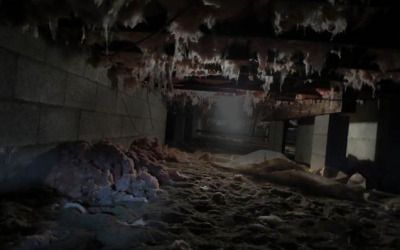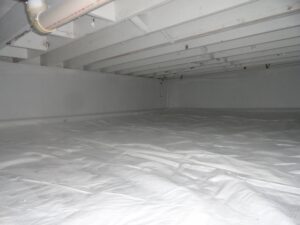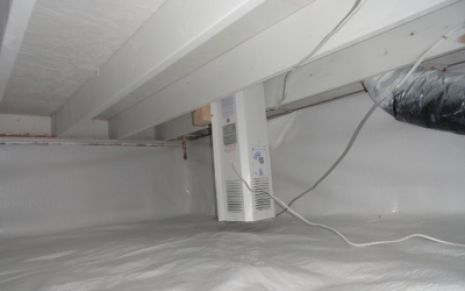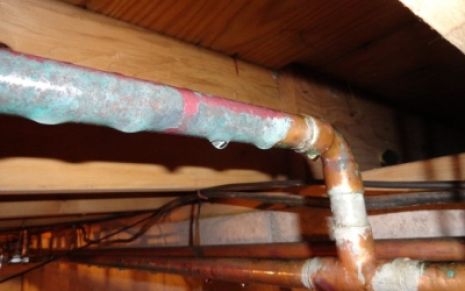
The SCARY Crawl Space

Depending on where you live, critters from snakes and rodents to spiders, bugs, and armadillos may have taken up residence in your crawl space.
Add a little water—or even a lot when flooding occurs—and mold and rot create indoor air quality (IAQ) problems and structural deterioration. Oh, and did I mention that soil gases like radon or methane can find their way into your house through the crawl space? Research has shown that whenever it’s warmer inside your house than outside, the buoyancy of the rising warm air in the house sucks air into your home from the crawl space. In heating-dominated climates, 40% or more of the air you breathe in your home originated in your crawl space. Definitely scary—and it’s dark down there.
Historically, most crawl spaces have been vented to the exterior (see “Definitions” below).
In some climates—especially with the introduction of central A/C—this can cause problems.The Scary Crawl Space Encapsulated In climates with extended periods of hot-humid weather—this includes the Southeast and most of the Northeast and Midwest—closed crawl spaces are the best option. Under hot-humid conditions, warm, moist air enters the vented crawl space from outside and can condense on the cooler surfaces.
These cooler surfaces are created within the crawl space by the shade provided by the building and the moderating effect of the contact between the crawl space and the ground. Even when condensation doesn’t take place, relative humidity (RH) above 80% for an extended period can support mold growth and eventually rot wooden structural materials. Add A/C to the house, and the floor above the crawl space becomes even cooler—and any ductwork in the crawl space creates an added risk of condensation.
Definitions
Crawl spaces can be vented or closed. Crawl spaces without venting are usually referred to as unvented, closed, or sealed. In this article I use “closed” to refer to any crawl space without passive vents from the crawl to the exterior.
Vented crawl spaces have the air and vapor barriers and the thermal boundary of the house in the floor assembly above the crawl space and provide passive venting from the crawl to the exterior. Most codes require a minimum of 1 square foot of net free vent area for each 150 square feet of crawl space; they also require that vents be placed to provide cross-ventilation.
Closed (unventilated) crawl spaces come in a variety of configurations. Some are actively conditioned; some have an intentional passive connection to the conditioned part of the house; and in extreme cases, some have an active dehumidification system (see “Dehumidifier Metering Study,” p. 44). Insulation is normally at the perimeter of the crawl with a continuous air and vapor barrier on the ground and running up the perimeter wall to the sill plate or to a termite inspection strip, where required.
Closed power-vented crawl spaces generally look like closed unconditioned crawl spaces but include an exhaust fan to draw air from the crawl space to the exterior. The primary advantage of this system is its ability to reverse the stack effect and decouple the air in the house from the crawl—especially during the heating season. Codes generally require 1 CFM of power venting for every 50 square feet of crawl space area.
In the drier regions of the West, and even—surprisingly—in the marine climates of the Northwest, vented crawl spaces work acceptably most of the time. The hot-dry conditions in summer and the cold-moist conditions in winter do not cause the same problems that hot-humid conditions cause in the rest of the country. In a vented crawl, the insulation should be placed in the floor above the crawl space, properly supported, and in contact with the floor above. There should be no air space between the insulation and the floor.
In colder climates, where basements are traditionally the norm, closed conditioned crawl spaces may be the best option to protect freeze-sensitive plumbing systems.

CMI – CMR
Advanced Air Specialist




